More than six months into the COVID-19 pandemic, America’s small businesses are in a prolonged struggle for survival. And like many aspects of the pandemic, this struggle is wrought with geographic disparities. The severity of the small business crisis varies by state, city, town, and even neighborhood, with businesses in areas dependent on leisure and hospitality at an especially heightened risk. Rural communities have been hit particularly hard, as many had staked their economic revival on fostering locally owned small businesses and recreation-based downtowns. The threat to rural America is compounded by relief structures that have largely lagged to reach small businesses in the hardest-hit places.
Given this uneven geography of recovery, the National Main Street Center (NMSC) and Brookings’s Bass Center for Transformative Placemaking wanted to take a more granular look at how place impacts small business survival. In March, we had a hunch that in urban commercial corridors, small businesses’ proximity to one another could help them weather the pandemic by providing sufficient market density to draw customers from surrounding neighborhoods, facilitate takeout and delivery services, and use the public realm around them to adapt business operations. But we weren’t sure how this prediction would unfold months into the pandemic, or how it might apply to small businesses in our nation’s less densely populated rural communities and small towns (which are increasingly pandemic hotspots).
To answer these questions, we surveyed small business owners in communities across the country, asking them how the physical location of their businesses and the public realm around them impact their ability to withstand the crisis. We found that in urban and rural areas alike, small businesses are leveraging the physical and social benefits of denser commercial districts to more durably survive the pandemic recession.
The value of place, proximity, and density in rural communities
The benefits of urban downtowns are well documented, as density and proximity to people, jobs, and amenities can help fuel population and economic growth. And although NMSC has long touted the similar benefits of revitalizing downtowns in rural communities, the advantages of rural downtowns are not as widely documented.
Now, understanding these dynamics is more imperative than ever. The pandemic is putting rural downtowns—many of which are still struggling to recover from the last recession—in an increasingly precarious economic position due to their heavy reliance on retail and restaurants, as well as their limited access to the capital and broadband infrastructure small businesses now need to survive.
To understand how rural small businesses are navigating these challenges, NMSC has been conducting small business surveys of their network—about 65% of which is outside of metropolitan areas. In the latest survey, the Bass Center for Transformative Placemaking partnered with NMSC to include a series of questions to investigate whether being part of a rural downtown core can help small business owners mitigate the pandemic’s economic effects. This survey, which was completed in August and had more than 2,000 respondents, revealed some interesting patterns of recovery and resilience based on place.
To gauge the relative proximity of businesses to each other and other amenities, we asked small business owners to indicate the type of physical location their storefront is located in: older commercial corridors or Main Streets (71% of respondents), a remote commercial location away from other businesses (8%), ground-floor storefronts in areas with mostly large office buildings (5%), strip malls (3%), ground-floor storefronts in areas with mostly large new residential buildings (2%), or commercial shopping centers with a large parking lot (2%). Separately, we asked how their physical location has impacted business operations before COVID-19, during “stay-at-home” orders (if applicable), and at present.
Regardless of location, small business owners reported acute economic hardship, with many drawing on personal savings, retirement accounts, and personal assets to cover their operating costs through the crisis. But when we took a deeper look at place, we found some variation in small business owner experience, indicating the promise of proximity and density in facilitating recovery.
In nearly every circumstance, small businesses in older commercial corridors and Main Streets—with proximity to other businesses, resources, and amenities—were more likely to leverage their physical location to withstand the crisis than businesses in other locations. Prior to the pandemic, during stay-at-home orders, and at present, small businesses in commercial corridors and Main Streets more often used their locations to coordinate with other nearby businesses, collaborate with business associations, adapt operations, and attract people visiting other nearby businesses or tourist attractions. While our survey provides only a glimpse into small business owner experiences, it suggests that by virtue of proximity to each other and connectivity to businesses associations, businesses in denser commercial corridors may be more equipped to weather the economic crisis than their more isolated peers.
Small businesses near residential buildings and outdoor space reported their own distinct place-based advantages. Businesses in older commercial corridors and Main Streets often leveraged their locations to enable customers to pick up products by bike or on foot, but ground-floor storefronts near large residential buildings had even higher rates on that metric before the pandemic and at present. Another notable finding that did not align with our initial assumptions: Owners of businesses located in strip malls more often indicated that their physical location positively impacted their ability to adapt to a new business model. It may be that the presence of proximate surface parking spaces in strip malls readily allows for outdoor shopping, dining, and curbside pickup in a way that older commercial corridors (which typically have an adjacent public right of way) cannot.
The benefits of place and proximity held across urban and rural areas alike. Both urban and rural small businesses in commercial corridors benefited from their denser physical locations to largely the same extent, with small businesses in rural commercial corridors and Main Streets more often leveraging place to attract customers visiting other attractions in the area. Small businesses in urban commercial corridors, meanwhile, more often used place to collaborate and coordinate with business associations, downtown associations, or other place governance entities. These findings suggest that the benefits of proximity and place governance don’t only apply in big cities, and indicate the promise of rural downtowns in facilitating recovery.


These findings are only a snapshot of small business owners’ experiences, but they indicate a promising conclusion. The physical landscape of communities—the ability to walk from store to store, the proximity of business owners to each other, and the mix of housing, businesses, and amenities within a place—can help small businesses adapt to and withstand the pandemic’s economic effects.
The importance of rural place governance
Physical location is only one aspect of place, and as our findings show, small businesses in downtowns and Main Streets benefit from place governance structures—including neighborhood associations, business improvement districts, and local Main Street programs—that bring benefits, resources, and an organized voice to business owners and residents. Amid COVID-19, these local organizations are taking an outsized role nationwide in bridging access to fragmented and uneven relief. Unsurprisingly, these trends unfolded in our research too: Local Main Street programs, chambers of commerce, small business development centers, and other nongovernmental entities are stepping up to assist small business owners—particularly in rural areas, with 58% of rural respondents receiving support from local Main Street programs and 49% from chambers of commerce.
The effects of the COVID-19 pandemic on rural small businesses will continue to evolve in the months to come. But our research so far indicates that even in a time of unprecedented social distancing, the physical connectivity of our places—and the people and small businesses within them—are helping small businesses more durably withstand the crisis. As we look toward promoting a more even economic recovery for rural communities, it is imperative that we invest in the physical, social, and civic structures that have kept them afloat so far and will be essential to their long-term resilience.
The Brookings Institution is committed to quality, independence, and impact.
We are supported by a diverse array of funders. In line with our values and policies, each Brookings publication represents the sole views of its author(s).
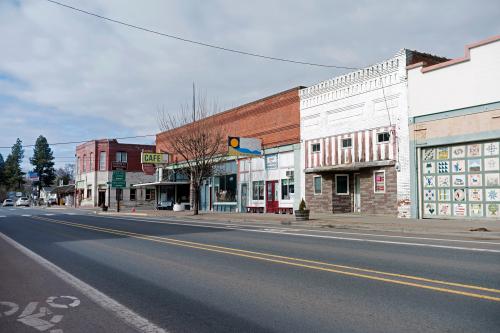
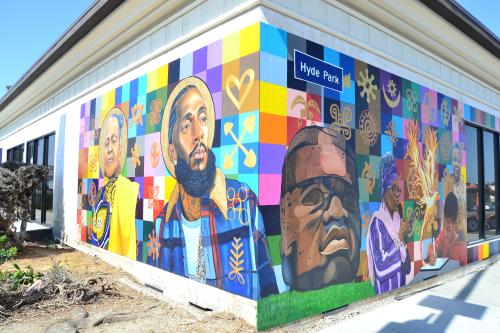
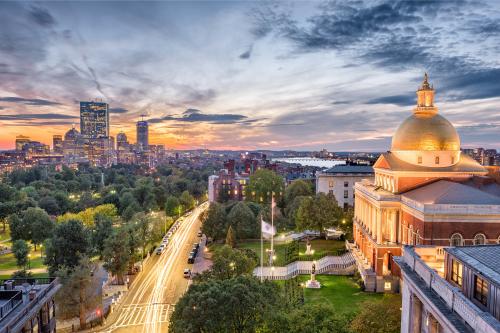


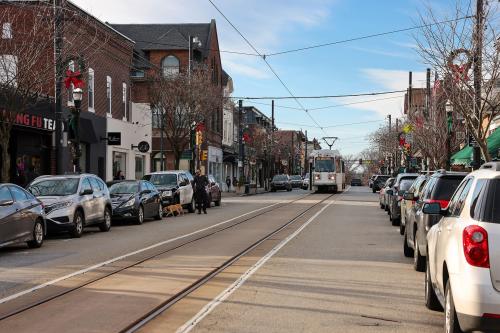
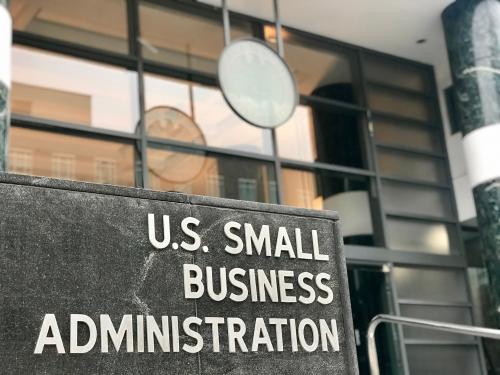

Commentary
Proximity doesn’t benefit just big cities—it’s helping rural communities weather the economic crisis too
October 8, 2020